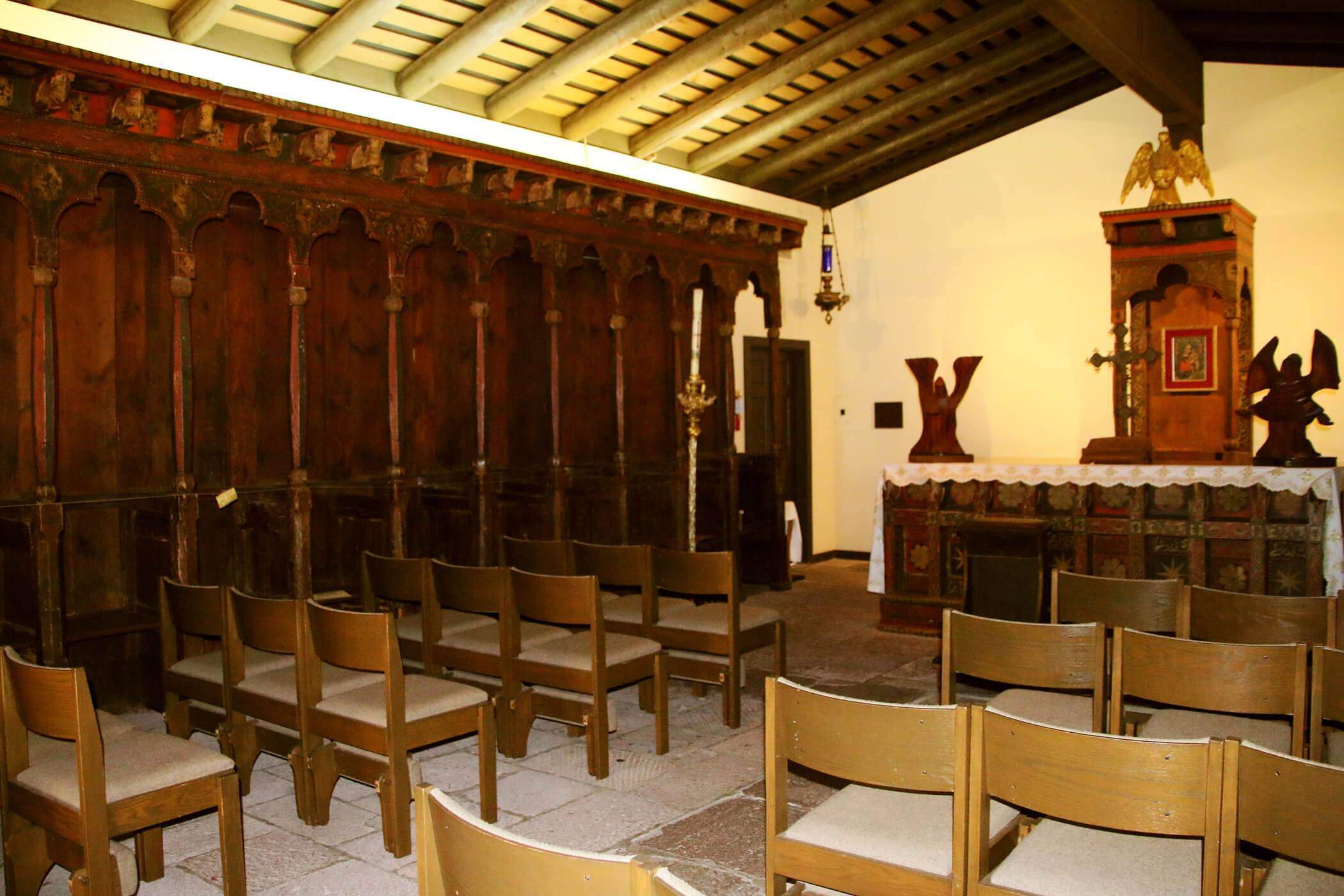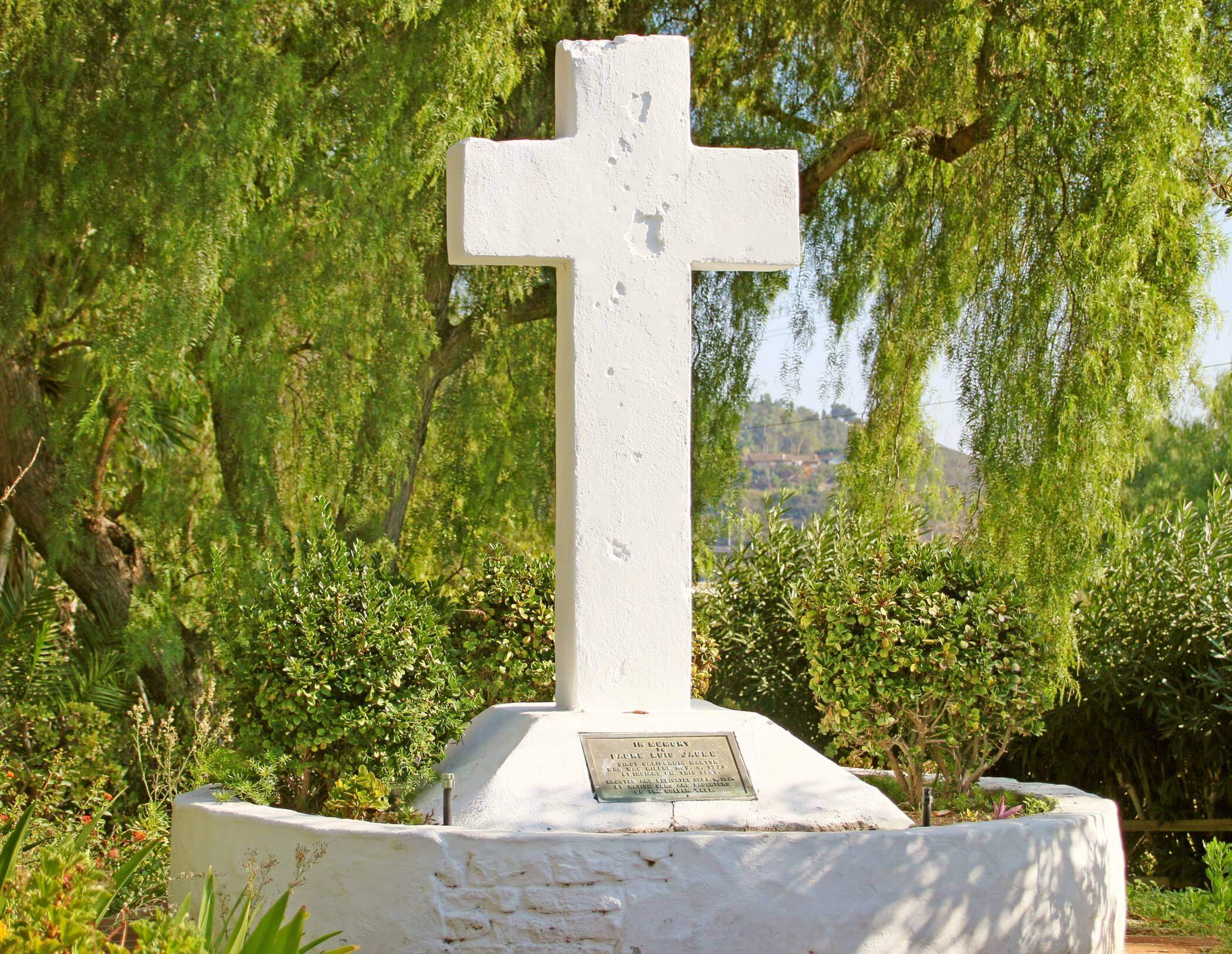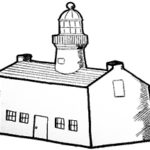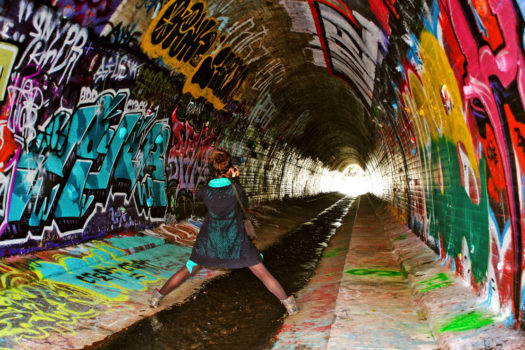
San Diego Mission Basilica de Alcalá
0 Reviews
Hello everyone! This is a friendly reminder that any of these fun places we may visit, we are a guest at. Please treat both businesses and trails with the utmost respect. We here at Hidden San Diego follow the 'Leave no Trace' mantra, meaning whatever you bring with you comes back with you. If you see trash on a trail, please do your part to help remove it. Remember, we are not picking up trash from another person but instead cleaning up for Mother Nature. Happy adventures!

10818 San Diego Mission Rd.
San Diego, CA 92108
Phone: (619) 281-8449
32.784671, -117.106012
Dog-Friendly: Outside, yes Kid-Friendly: Yes
HOURS: M-Su: 9am-4:30pm
Admission: Adults $8 // 55+ / Active Military & Students $5 // Age 6-12 $3
About the San Diego Mission Basilica de Alcalá
The San Diego Mission Basilica de Alcalá was established in1769 by Spain to claim ownership over their “discovery” of California. Father Serra Junipero was assigned to the region to help bring Christianity to the local Kumeyaay People.
The mission was originally constructed above the Kumeyaay Village in Old Town called Kosa’aay at what we know as Presidio Park. Tensions between the Natives and the soldiers grew due to the soldiers harassing the Indigenous women.

In 1774, the tensions prompted the mission to be moved to the location it sits at today near Mission Valley. This site was chosen due to the soil being more fertile, it was closer to what we know as the San Diego River, and it also brought them next to another Kumeyaay village called Nipaquay.
The mission was accompanied by a dozen adobe structures which helped house the priests, a blacksmith shop and soldiers helping to establish it as a permanent settlement. The Spaniards also brought with them non-native, invasive plants and animals, which began the degradation to local ecology.

At the beginning the priests were taking the time to establish good relations with the Natives, practicing their language and ways. They were learning survival techniques, what plants to eat, etc. and in exchange they would gift the Natives beautiful clothing and other objects of interest.
Father Junipero wrote in his diary that the Natives in San Diego lived in a paradise of sorts. Due to the stable weather compared to other regions, they lived a lax and wonderful lifestyle. There were many Natives that trusted the priests and started spending a lot more time with them and at the mission.

Still, there were many reports of sexual abuse from the Spanish soldiers in the Presidio and even physical torture of the Mission Indians, using metal-tipped whips by the Mission Staff.
Resentment of the Spanish colonization lead to an eventual revolt from multiple tribes. On November 5th, 1775, 800 Natives traveled to the mission and burned it down, killing Father Luis Jaymes, a carpenter and a blacksmith in the process. Father Luis is still entombed beneath the church by the way.
In 1776 the mission was rebuilt, converting many Natives to Christianity in the process. Today it is open to the public as both a museum and church.



























